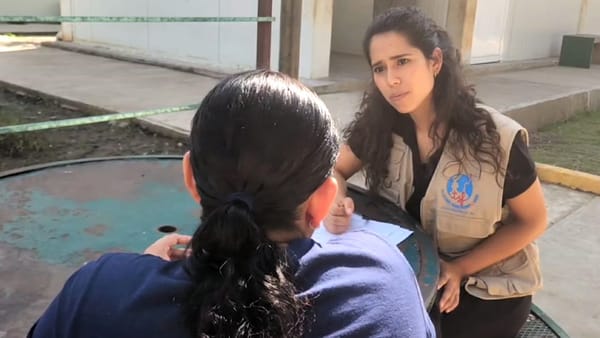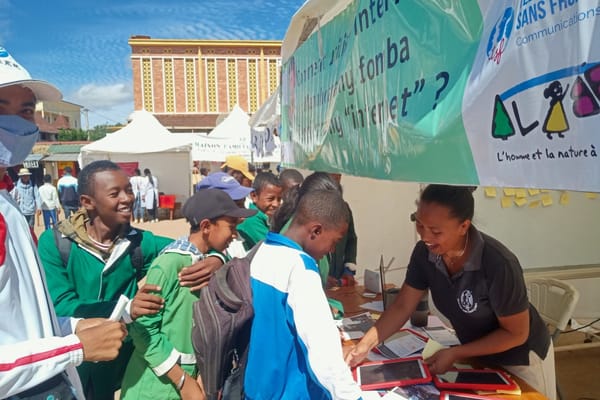Welcome to issue 85 of the Call to Comms!
This week, we share some insights on how social media affect humanitarian response during crises, and as 2024 is coming to an end, we focus on migrants’ situation and needs in Latin America and how TSF has responded and plans to respond in the future.
Social Media and Humanitarian Action: Enhancing or Hindering Aid?
Social media plays a multifaceted role in emergency response, offering platforms like Facebook and Twitter to disseminate critical information rapidly and mobilize communities for coordinated relief efforts. However, alongside these benefits come challenges such as misinformation, panic-inducing content, and unequal access to digital tools, which can hinder effective responses and deepen vulnerabilities.
The article provides an overview of the key ways social media impacts emergencies—both positively and negatively—and offers practical ideas for leveraging these platforms responsibly during crises.


The migration situation in Latin America in 2024 and TSF’s response
“The first half of 2024 in Mexico and Central America has been marked by humanitarian and human rights crises, impacts of climate change, reforms and bilateral agreements, political and social tensions, international cooperation and an increase in deportations. These factors together reflect the complexity and interconnectedness of migration challenges in the region.” -
Armando Samayoa, TSF Latin America & Caribbean Regional Manager.
Coming from various regions across the globe, with an increase of people from countries in conflict such as Ukraine and Palestine, people have migrated to escape violence, conflict and poverty. Thousands fled the economic, political and social crisis in Venezuela.
Violence, organized crime and harsh weather conditions make the journey for migrants extremely dangerous. Along Mexico's southern border, in regions such as Tapachula, Chiapas, or in the Darién Gap, a geographic region that connects the American continents, the situation is especially critical.
CBP One, a U.S Custom and Border Protection mobile app, can also pose new challenges for migrants: it is now the primary way in which asylum seekers can seek appointments to apply for asylum, but it comes with technical issues and can be complex to use.
"The information provided to register with CBP One has been excellent and instructive.”
A Honduran migrant 28 years old woman, in a shelter partner of TSF
TSF uses technology to display reliable and timely information in shelters across Latin America, with special attention to current needs, like CBP One. This year so far, more than 150,000 people have accessed information to make informed decisions and stay safe. TSF is exploring new perspectives for the coming year to continue meeting displaced people’s communication and information needs.
Read more:

See you in two weeks!














Member discussion